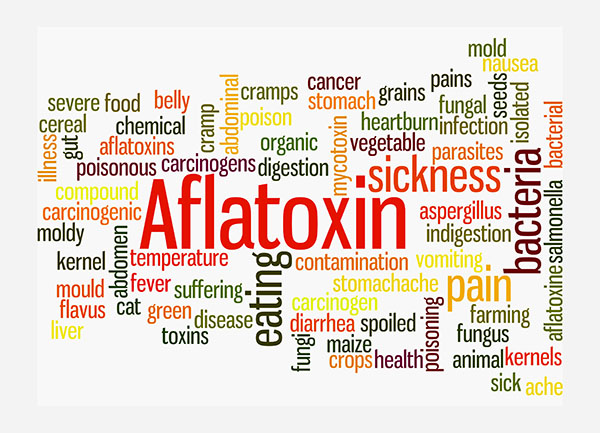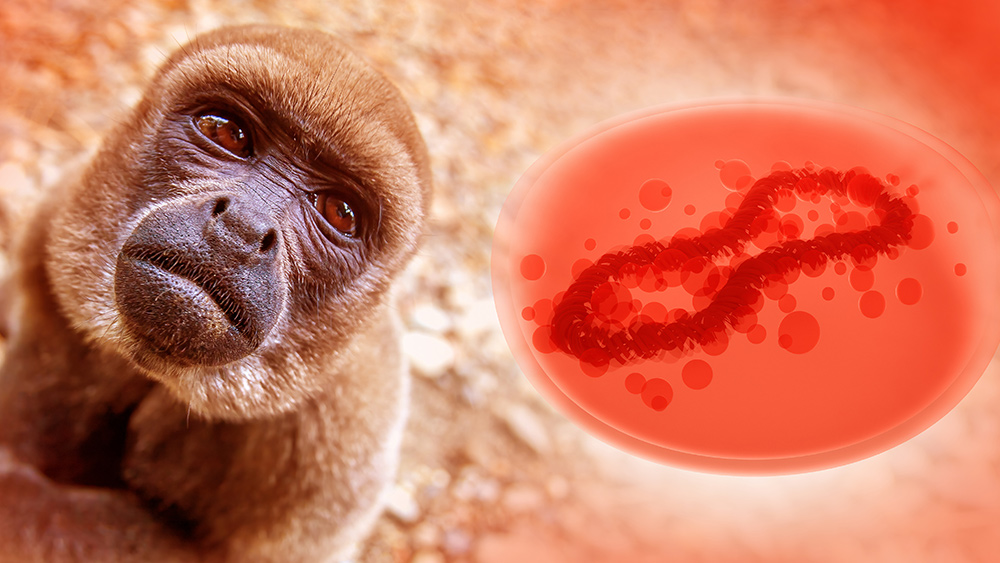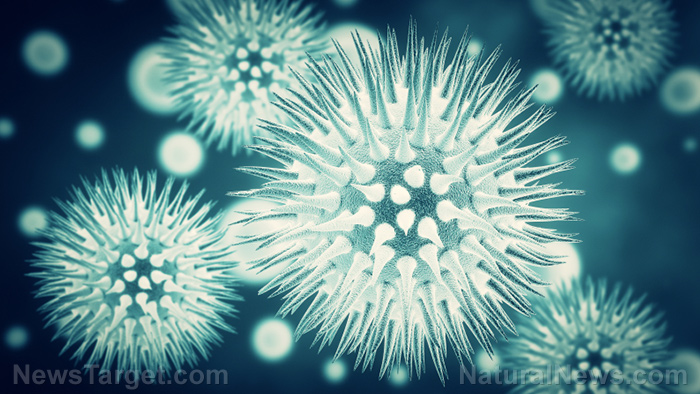Aflatoxins pose serious health risks to humans and animals
10/05/2022 / By Olivia Cook

A peer-reviewed article published in StatPearls reported on the underestimated contamination of agricultural products with aflatoxins. A separate study published in the Journal of Association of Official Analytical Chemists indicated that the occurrence of aflatoxins is significant in naturally contaminated foods and feeds, including wheat, walnut, corn, cotton, peanuts and tree nuts.
Aflatoxins are among the most poisonous mycotoxins and are produced by certain molds (Aspergillus flavus and Aspergillus parasiticus), which grow in soil, decaying vegetation, hay and grains.
It is easy for people to unknowingly consume aflatoxin-contaminated food because it is colorless, tasteless, odorless and cannot be destroyed by normal cooking processes. Only through laboratory testing can aflatoxins be detected in cereal (corn or maize, pearl millet, rice, sorghum, wheat), oilseeds (groundnuts, soybeans, peanuts, sunflower and cotton seeds), spices (black peppers, chili peppers, coriander, ginger and turmeric) and tree nuts (almonds, Brazil nuts, coconuts, pistachios and walnuts). (Related: Here’s everything you need to know about aflatoxins.)
For plant-feeding animals that have a stomach with four compartments like sheep and cattle, eating aflatoxin-contaminated food metabolizes the toxins and excretes aflatoxin M1 in milk. This induces pollution in the transfer from crops into by-products and subsequent consumers.
Science has proven aflatoxins as potent hepatotoxins, mutagens, carcinogens, immunosuppressants and teratogens. Effects of long-term exposure to aflatoxin can include the following:

Hepatotoxicity (damage to the liver)
A study published in the journal Frontiers in Pharmacology reported that the liver is the major target organ where aflatoxins are metabolized and converted into extremely toxic forms to cause hepatoxicity or toxic hepatitis.
Aflatoxins are 68 times more lethal than arsenic and capable of damaging the liver. In a study published in the journal Toxins, researchers have associated aflatoxin toxicity with hepatocellular damage and death of body tissues, a decrease or obstruction of bile flow, malignant tumors of the liver, acute inflammation of the liver, hemorrhage, jaundice, fatty liver changes, scarring and permanent liver damage.
Teratogenicity (the ability to cause defects in a developing fetus)
Twenty-seven studies (10 human cross-sectional studies and 17 animal studies) found that aflatoxin exposure during pregnancy may impair fetal growth. Animal studies have suggested an increased risk for prematurity and pregnancy loss with chronic exposure.
An article published in the journal Tropical Medicine and International Health reported that aflatoxin exposure during pregnancy may reasonably or probably contribute to adverse pregnancy outcomes, including intrauterine growth restriction, premature delivery and pregnancy loss.
Immunotoxicity and immunosuppression
According to a study published the International Journal of Environmental Research and Public Health, “aflatoxins disrupt both innate and acquired/adaptive immunity, as evidenced by increased frequency and severity and prolonged healing of infectious diseases, in addition to decreased vaccination efficacies.”
An article published in the journal Toxin Reviews reported that the destruction of the physical barriers as the first line of defense against pathogens and toxins, the inhibition of proliferation and function of immunocompetent cells or the decrease in complement system activity, which interfere with both innate and adaptive immunity are all manifestations of immunosuppression.
Malnutrition
A study published in the Journal of the International AIDS Society found that aflatoxin exposure impedes the absorption of vitamins A, C and E and the mineral selenium, which compromises the micronutrient status of people who are already facing overwhelming health problems, including poor nutritional status and HIV infection.
Neurogenerative diseases
In an article published by the International Agency for Research on Cancer, aflatoxins were reported to disrupt the structure and function of mitochondria of brain cells, leading to cell death. In addition, the detection of aflatoxins in brain tissues of kwashiorkor-deceased children and their association with fluid buildup around the brain (cerebral edema) and neuronal degeneration (Rey’s disease) is a strong sign that aflatoxins can cross the brain-blood barrier and infiltrate the nervous system that they degenerate.
Kwashiorkor is a severe form of malnutrition. It is most common in some developing regions where babies and children do not get enough protein or other essential nutrients in their diet.
Aflatoxicosis
Humans and animals are at risk for aflatoxicosis because aflatoxigenic fungi grow in dietary staples. It is estimated that at least 4.5 billion people world-wide are at risk of exposure to foodstuffs containing aflatoxins.
Acute aflatoxicosis manifests either in humans or in animals with acute loss of appetite, vomiting, weakness, and lethargy. Pathological findings such as acute necrosis and bile duct hyperplasia are seen in domestic and experimental animals exposed to aflatoxins.
Aflatoxicosis affects growing poultry, young pigs, pregnant sows, calves and dogs. Adult cattle, sheep and goats are relatively resistant to the acute form of the disease, but they are still susceptible if toxic diets are fed over long periods. Other species of animals that have been tested have also shown some degree of susceptibility.
Visit Health.news for more stories like this.
Watch this video about mycotoxin and chronic illness.
This video is from the CAT channel on Brighteon.com.
More related stories:
The silent toxin in food that provokes cancer, diabetes, multiple sclerosis and more.
How to choose mycotoxin-free coffee.
Is it safe to cut the moldy parts off – a loaf of bread and eat the rest?
Sources include:
FoodSafetyTrainingCertification.com
Submit a correction >>
Tagged Under:
aflatoxicosis, aflatoxin, agriculture, clean food, crops, food science, food toxins, Fungi, grocery, harvest, molds, mycotoxins, organics, Pet food, poison, products, toxins
This article may contain statements that reflect the opinion of the author




















